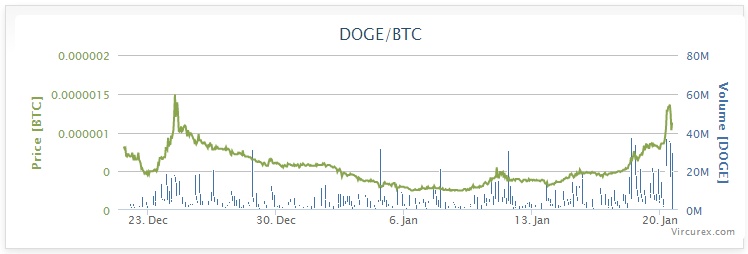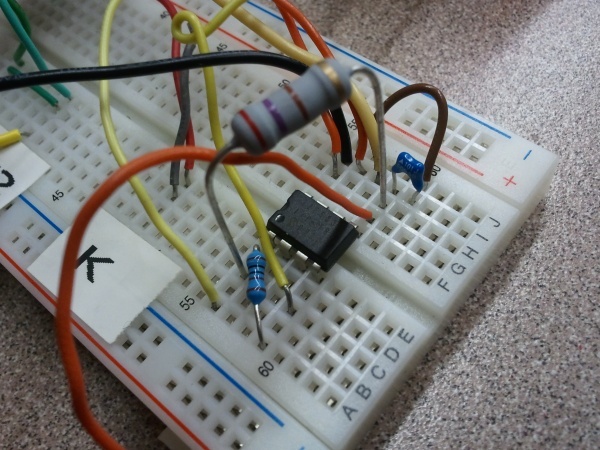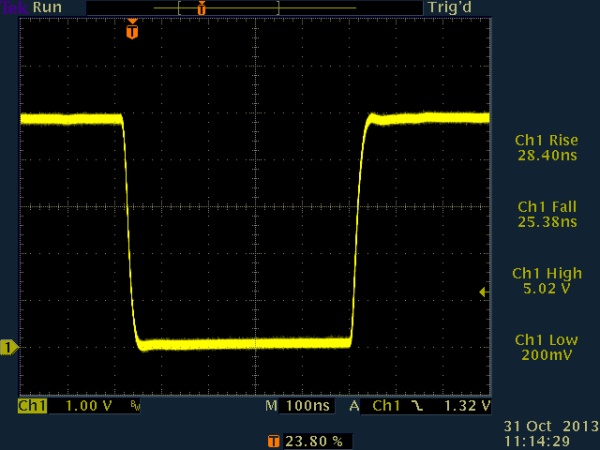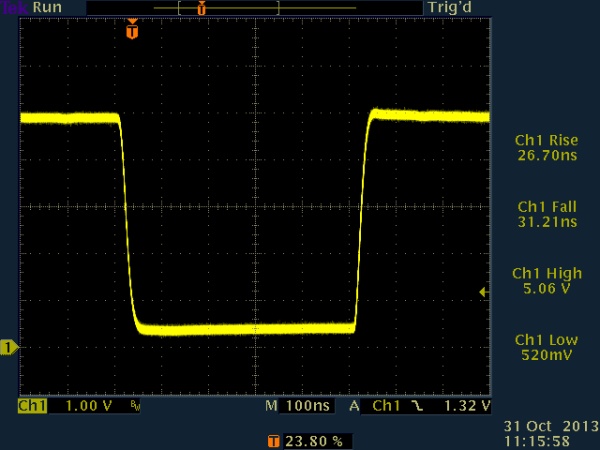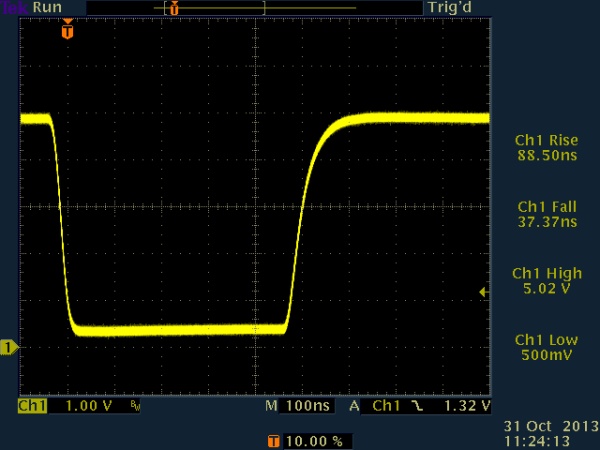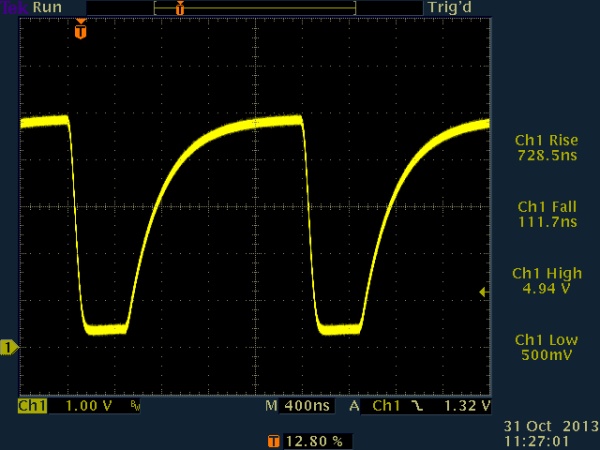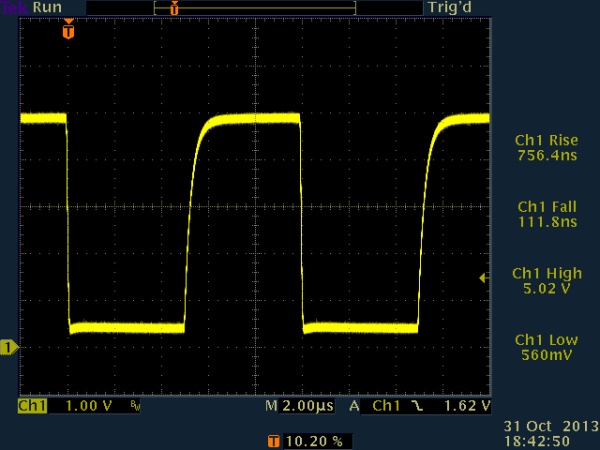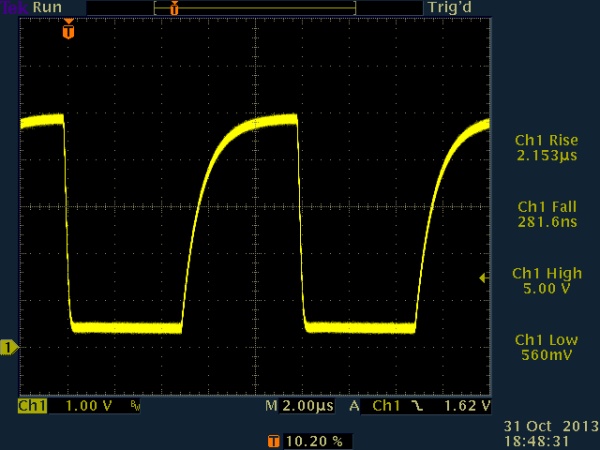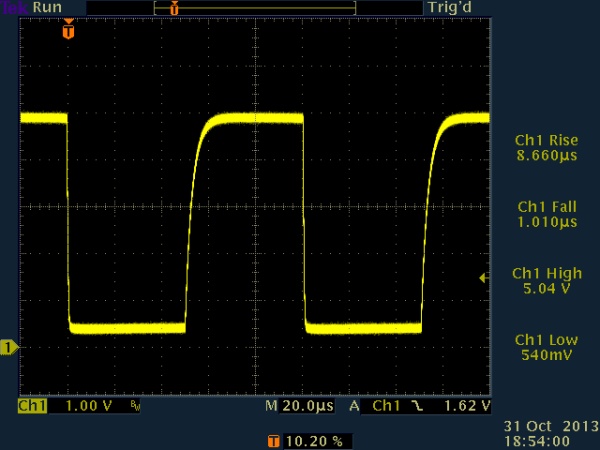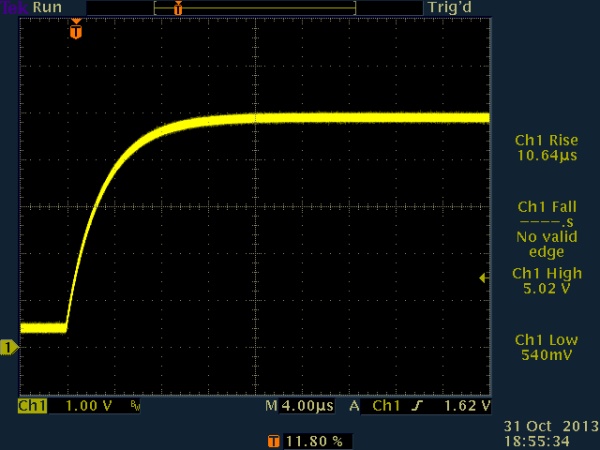Dogecoin has got to be the most Internet thing ever. It’s difficult to understand just what Dogecoin is without a solid understanding of recent Internet lore, though, so a bit of background information is helpful. Specifically, your two prerequisites are an understanding of both the recent “doge” meme and of cryptocurrencies.
One of the most popular memes of late 2013 is the “doge” meme. This meme consists of a picture of a Shiba Inu dog named Kabosu (looking at the camera with the fascinated, excited-yet-cool expression that Shibas tend to have) along with poorly-spelled-but-enthusiastic expressions (“such doge!” “wow”) in colorful Comic Sans.
 This meme has been making the rounds since late 2012, and took off in 2013. About a month ago, doge served as the inspiration for a new cryptocurrency.
This meme has been making the rounds since late 2012, and took off in 2013. About a month ago, doge served as the inspiration for a new cryptocurrency.
Cryptocurrencies (most famously, Bitcoin) are a recent attempt to reinvent the idea of currency. As Douglas Adams so skillfully points out in The Hitchhiker’s Guide series (when some of the characters start using common leaves as currency), one of the fundamental drivers of value is scarcity. It’s the basic law of supply and demand. Cryptocurrencies are a grand experiment in the democratization of currency. With the loss of the “gold standard,” traditional currencies like the US dollar are “fiat currencies” — the value of which is determined by the expectation that they will be able to be traded for tangible goods or services.
So, to be viable as a currency, you need scarcity and an expectation that others will accept your currency in exchange for goods or services. By their nature, cryptocurrencies have the former. With Bitcoins now trading for close to $1000 each, it is becoming evident that the economic pump can be primed, and that such currencies can reach critical mass and acquire value.
The inherent scarcity of cryptocurrencies comes from mathematics and the idea of “proof of work.” In a nutshell, millions and millions of complex computations are required in order to find a suitable numerical “block” representing new currency. This currency can then be securely traded to others via public-key cryptography — in a public, verifiable, nonrepudiable way. As a bonus, these transactions can also be made anonymously, with new account numbers being able to be generated at will. Transaction histories can eventually be traced back to their origins (since every transaction is public), but laundering such currency can be fairly straightforward: if even one link in the transaction chain cannot be verified, the final recipient is now anonymous.
So, basically, cryptocurrencies are generated by performing lots of complex calculations on very fast computing hardware (modern CPUs and graphics cards are quite good at this), and can be traded to others electronically in a secure, reliable, anonymizable way.
This sets the stage for Dogecoin, which started out as a spoof and still has an irreverent feel to it. The algorithms for “scrypt”-based cryptocurrencies are open source, meaning that anyone is free to take the algorithm and use it to make their own currency scheme. (Convincing others of the value of this currency, of course, is the hard part.) Some users of the Internet discussion board Reddit decided to create a new, meme-based currency to “tip” fellow Redditors for useful comments and link contributions. Thus, Dogecoin was born in December 2013.
Since Dogecoin is still a small-cap currency (with a total value somewhere in the tens of millions of USD), its value has been rather volatile. Recently, the volatility has been in a dramatic upward direction, raising the hopes of “shibes” (Dogecoin enthusiasts) that the currency is headed “to the moon.”
I’ve been mining Dogecoin for a while now, and have close to 60,000 Doge. At current prices, this is about US$77 (although it would have been worth less than half of that a week ago). Next week or next month, who knows?
Such moon
Wow So crypto


